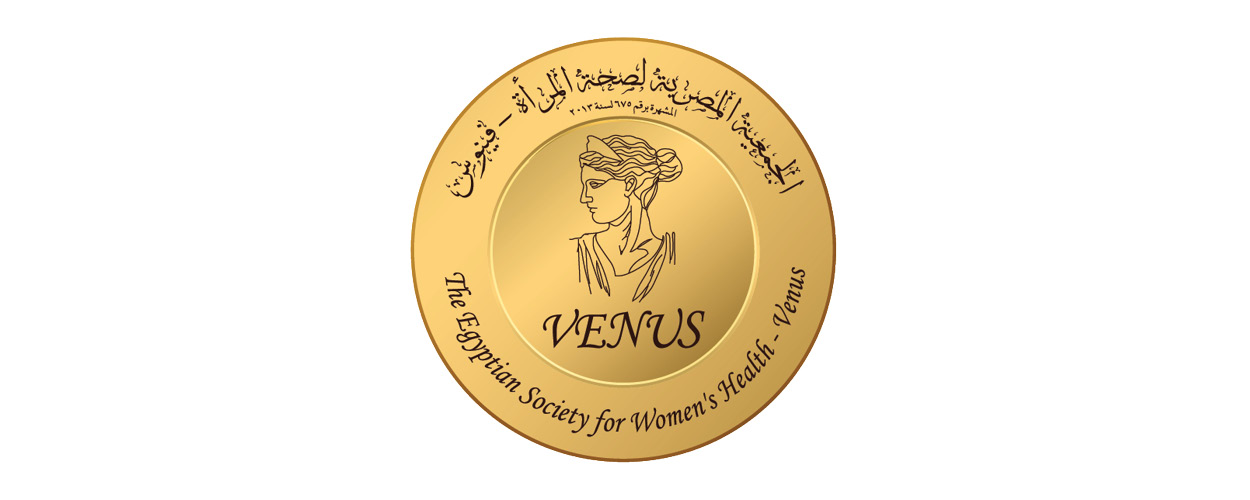Objectives: The objective of this presentation is to present the risk of nose injection and how to avoid complications.
Introduction: The indications for medical rhinoplasty have improved last years because fillers offer a non-surgical alternative for nose augmentation. Several fillers can be used but Hyaluronic Acid is the most often use. They can be used to improve the nose bridge height, nose tip projection, hid a hump or project a columella. But severe complications can occur in non-expert hands.
Materials / method: The risks and the different possible complications during medical rhinoplasty are presented.
A reminder of the nasal vascular anatomy, that is a net of vessels, as well as of the risk zones, allows us to understand the mechanism of these complications and how to avoid them. Skin necrosis and blindness are the worth complications described.
Results: To avoid arterial or venous complication, anatomy must be well known.
Never inject too much product to avoid excessive tension of the tissues, especially the tip of the nose, which could cause hypoxia or necrosis.
Never inject under too much pressure, or parallel to vessels.
Avoid risk areas: columellar arteries, lateral artery and nasal vein.
The injection on the dorsum of the nose must be done in depth in contact with the periosteum, being at a distance from the nasal dorsal artery.
It’s important to always have hyaluronidase at office and to know to use it in case of vascular complication
Conclusion: Respect for precise rules and knowledge of the vascular anatomy of the nose are fundamental to avoid the occurrence of vascular complications
Divulgação de informações
Você recebeu algum patrocínio para sua pesquisa neste tema?
Não
Você recebeu algum tipo de honorário, pagamento ou outra forma de compensação por seu trabalho neste estudo?
Não
Você possui relação financeira com alguma entidade que possa competir com os medicamentos, materiais ou instrumentos abordados no seu estudo?
Não
Você detém ou pediu a registro de patente para algum dos instrumentos, medicamentos ou materiais abordados no seu estudo?
Não
Este trabalho não recebeu nenhum patrocínio direto ou indireto. O mesmo está sob a própria responsabilidade do seu autor.














